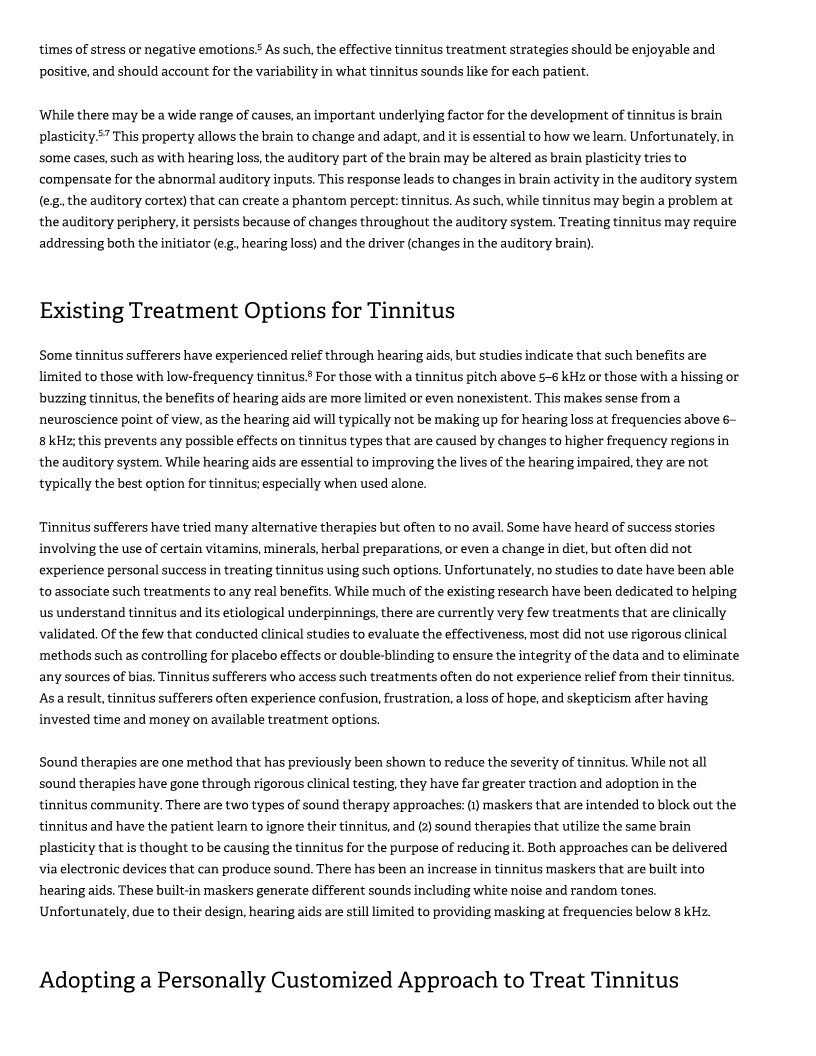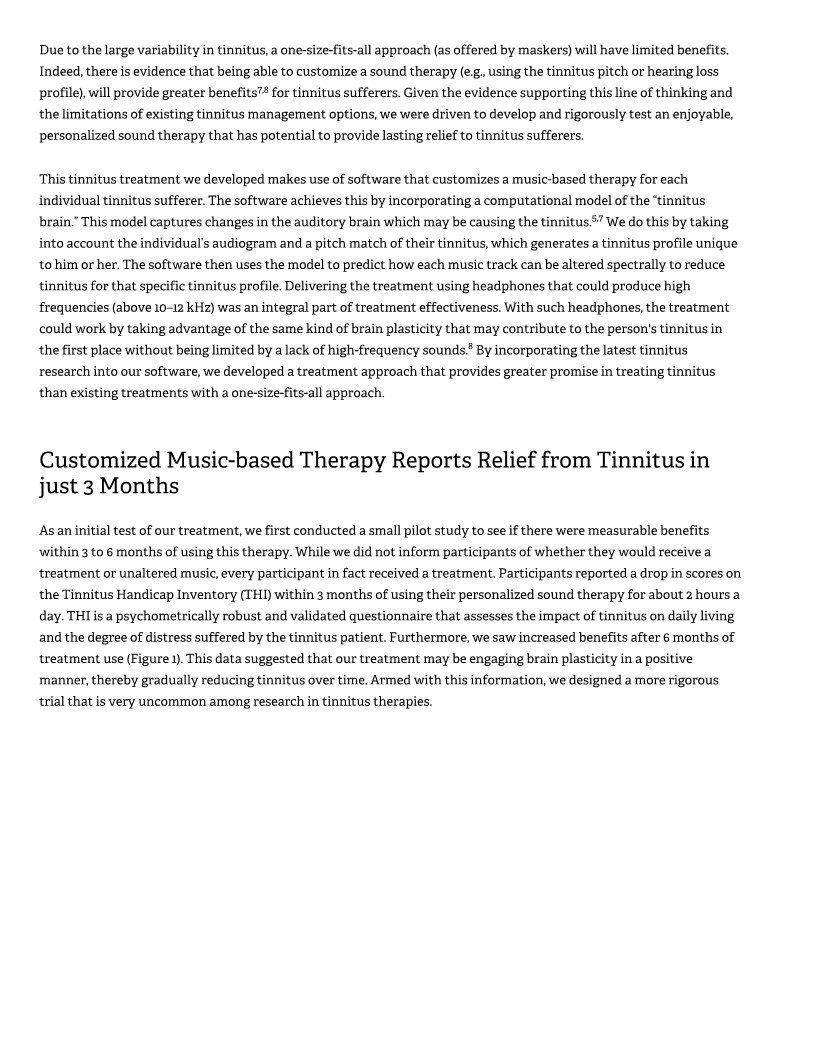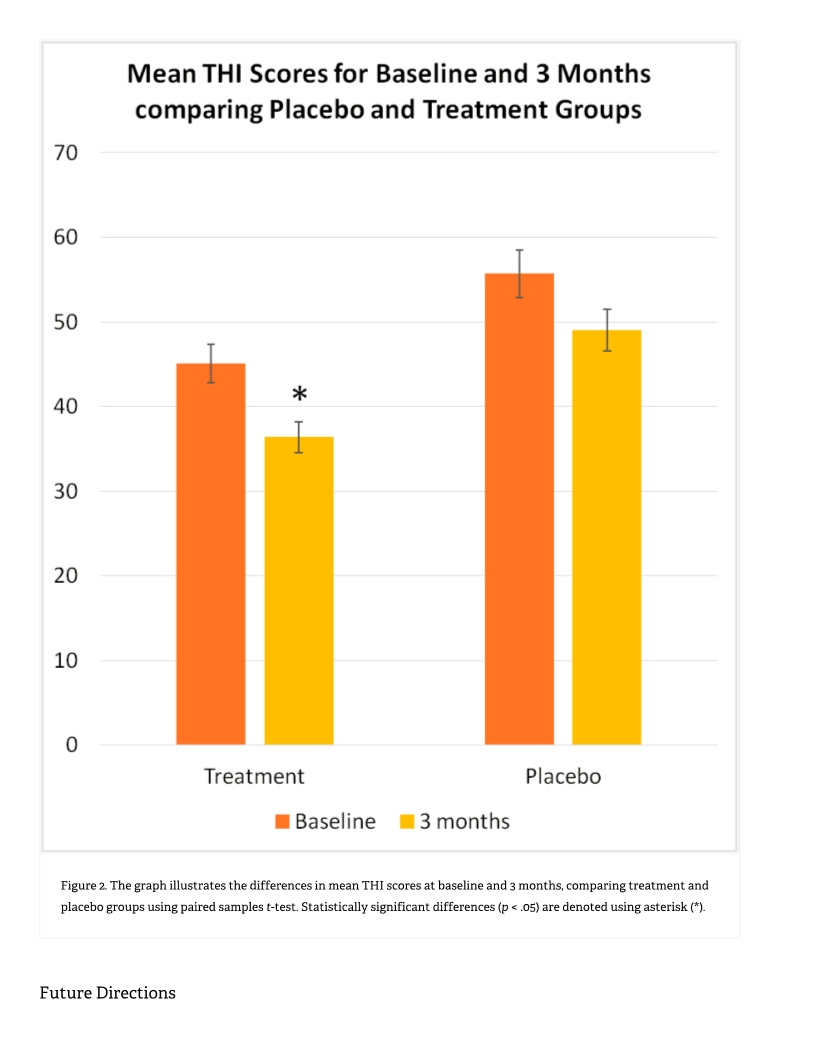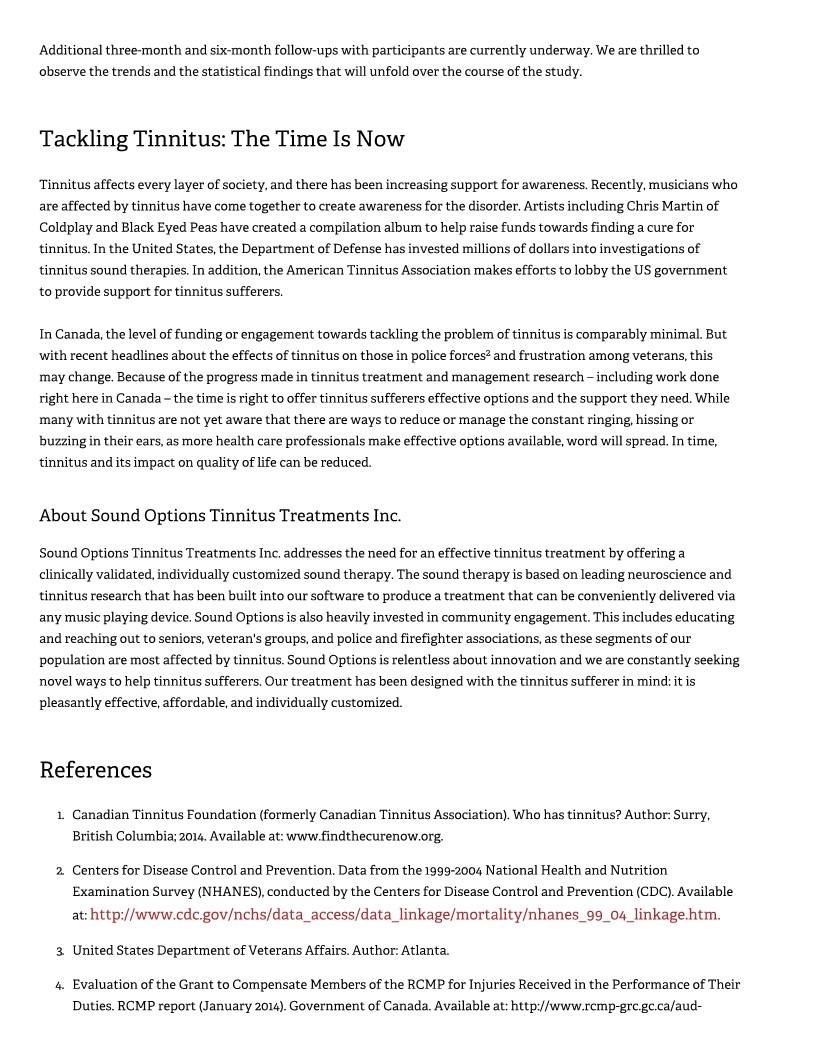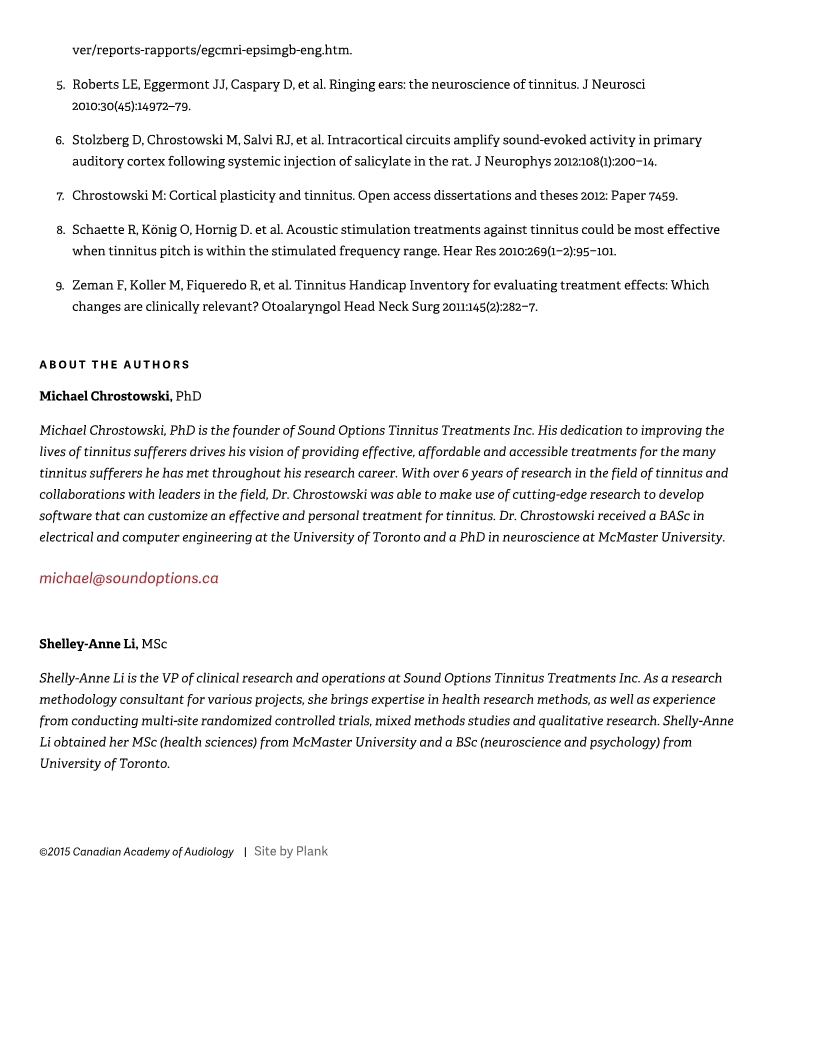Tackling Tinnitus – The Time Is Now
Tinnitus is a non-curable, invisible and debilitating hearing disorder that can take on many different forms – ringing, hissing, buzzing, and even the sound of crickets. Almost everyone has experienced brief periods of mild tinnitus, but for many, this sound can be permanent. Over 360,000 Canadians report suffering from chronic tinnitus, and almost half of those are severely affected. In the US, over 16 million tinnitus sufferers seek treatment every year. Tinnitus is the number one disability claim for US veterans and has also become the top disability claim for current and former male RCMP members. This persistent sound can have a serious impact on quality of life; leading to sleep deprivation, depression, anxiety, and even suicide. What adds to the challenges faced by tinnitus sufferers is a lack of knowledge, support and options available to them. Unfortunately, there are currently too few health care professionals providing services to tinnitus sufferers who are seeking ways to manage their tinnitus. Unfortunately, the phrase “learn to live with it” is still heard far too often by those that seek help for tinnitus.
Health care professionals who incline to offer patients an option or strategy to deal with tinnitus are confronted with the variability inherent to this disorder. The cause of tinnitus can vary, although people who experience tinnitus have usually first developed hearing loss due to ageing or from exposure to loud noise that caused peripheral auditory damage. In fact, the number of tinnitus sufferers that develop the constant ringing due to hearing loss may be even higher than thought, as some tinnitus sufferers only appear to have normal hearing when thresholds at frequencies below 8 kHz are measured. Less frequently, tinnitus may also occur after a head or neck injury, or due to the presence of an acoustic neuroma. Certain medications may also contribute to the development of tinnitus through effects on hair cells in the inner ear or via mechanisms that are not yet well understood. This variety in cause has been the first part of the challenge in developing a “cure” or effective treatment for tinnitus. However, even for the largest group of tinnitus sufferers (those who may develop tinnitus due to hearing damage), effective treatments have been hard to come by.
Brain Plasticity and Tinnitus
A wealth of research has gone into understanding the mechanisms of tinnitus due to the increased concern in our
ageing and noise exposed society through the support of organizations such as the Tinnitus Research Institute, the
American Tinnitus Association and even the US Department of Defense. This research has helped us to understand
not only why and how this phantom percept can develop, but also sheds light on why it may sound like a hiss for one
person and a high pitched tone for another. In addition, neuroscientists have shown connections between the limbic
system (where emotions are processed) and the auditory system; it is not uncommon for tinnitus to increase during
